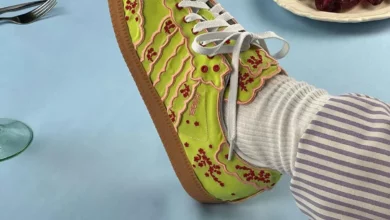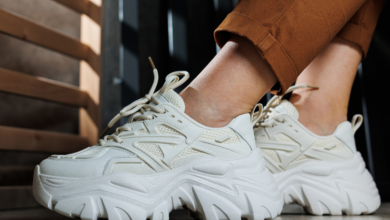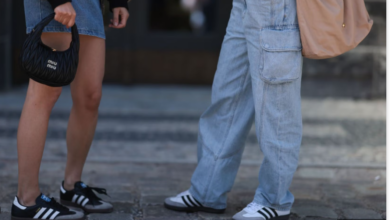
Step into the future of fashion with “Future Fabrics: Innovative Textiles Setting the Trend in 2023 on stylish.ae.” This groundbreaking collection of textiles is set to revolutionize the way we dress, combining cutting-edge technology with impeccable style. From self-cleaning fabrics to temperature-regulating materials, these innovative textiles are designed to enhance both comfort and aesthetics. Get ready to embrace a new era of fashion as we explore the exciting possibilities of these futuristic fabrics.
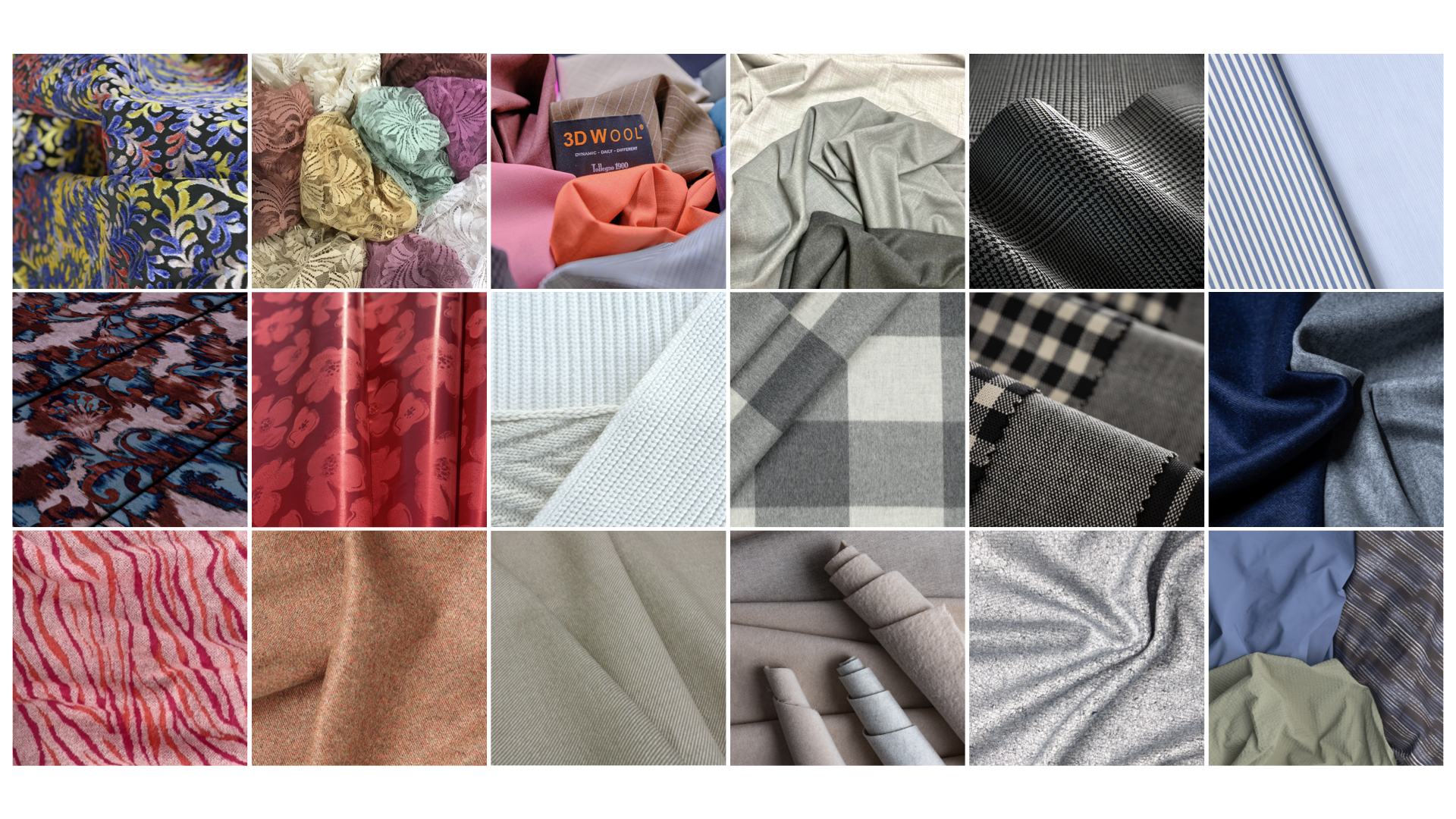
Sustainable Fabrics
Sustainable fabrics are becoming increasingly popular as people become more aware of the impact of their clothing choices on the environment. Recycled materials are a major component of sustainable fabrics, and they offer a way to reduce waste and minimize the use of new resources. Fabrics made from recycled materials can include anything from plastic bottles to old garments, which are broken down and transformed into new fibers. This process not only reduces waste but also consumes less energy and water compared to traditional fabric production.
Organic textiles are another important aspect of sustainable fabrics. These fabrics are made from fibers that are grown without the use of harmful chemicals, pesticides, or synthetic fertilizers. Organic cotton, for example, is grown using natural methods that nourish the soil and promote biodiversity. By choosing organic textiles, you are supporting sustainable farming practices and ensuring that harmful chemicals do not make their way into the environment.
Smart Fabrics
Smart fabrics combine technology with clothing to create innovative and functional garments. Embedded sensors are one example of smart fabric technology. These sensors can be woven or integrated into fabrics and can monitor various aspects of the wearer’s health and well-being. For example, a shirt with embedded sensors can track heart rate, body temperature, and even hydration levels. This technology allows for continuous monitoring and can be particularly useful in sports and healthcare settings.
Another aspect of smart fabrics is smart clothing technology, which includes features such as temperature regulation and moisture management. These fabrics are designed to respond to changes in the environment or the wearer’s body and adjust accordingly. For example, a jacket made from smart fabric may have the ability to heat or cool itself depending on the outside temperature. This not only provides comfort but also helps to reduce energy consumption by eliminating the need for additional heating or cooling devices.
Antimicrobial Fabrics
Antimicrobial fabrics are designed to inhibit the growth of bacteria, fungi, and other microorganisms that can cause odors and stains. One type of antimicrobial fabric is silver-infused textiles. Silver has natural antimicrobial properties and can effectively kill bacteria. Fabrics infused with silver particles can help to prevent the buildup of bacteria and keep garments fresh and clean for longer periods of time.
Nanotechnology coatings are another way to create antimicrobial fabrics. These coatings use tiny particles, called nanoparticles, that are engineered to have antimicrobial properties. When applied to fabrics, these coatings create a protective barrier that inhibits the growth of microorganisms. This technology can be particularly useful in healthcare settings to prevent the spread of infections, as well as in sportswear and activewear to reduce odors.
Biodegradable Fabrics
Biodegradable fabrics are designed to break down naturally over time, reducing waste and minimizing the environmental impact. Plant-based materials, such as bamboo and hemp, are commonly used in the production of biodegradable fabrics. These materials are renewable and can be grown without the use of harmful chemicals. Fabrics made from plant-based materials are also comfortable to wear and have natural breathability.

Bioengineered fibers are another type of biodegradable fabric. These fibers are created using sustainable and biodegradable materials, such as algae or bacteria. They can be produced using advanced manufacturing techniques, such as fermentation or 3D printing. Bioengineered fibers offer the possibility of creating customizable fabrics with unique properties, such as elasticity or strength, while still being environmentally friendly.
Translucent Fabrics
Translucent fabrics are lightweight and allow light to pass through, creating a semi-transparent effect. These fabrics are often used in fashion to create delicate and ethereal garments. Lightweight fabrics, such as chiffon or organza, are commonly used to achieve this translucent effect. They are perfect for creating flowing dresses or tops that have a romantic and airy feel.

Sheer textiles are another type of translucent fabric. These fabrics have a more opaque appearance compared to lightweight fabrics but still allow some light to pass through. Sheer fabrics are often used for layering and can add depth and texture to an outfit. They are particularly popular for creating elegant and sophisticated eveningwear.
Thermochromic Fabrics
Thermochromic fabrics are designed to change color in response to temperature changes. This innovative technology allows garments to adapt to different environments and create visually striking effects. Temperature-responsive materials are used to achieve this effect. These materials contain color-changing particles that react to changes in temperature, causing the fabric to change color.
Color-changing textiles offer endless possibilities in fashion and design. They can be used to create garments that change color with the wearer’s body temperature or fabrics that respond to changes in the surrounding environment. This technology can be used to create unique and eye-catching clothing that stands out from the crowd.
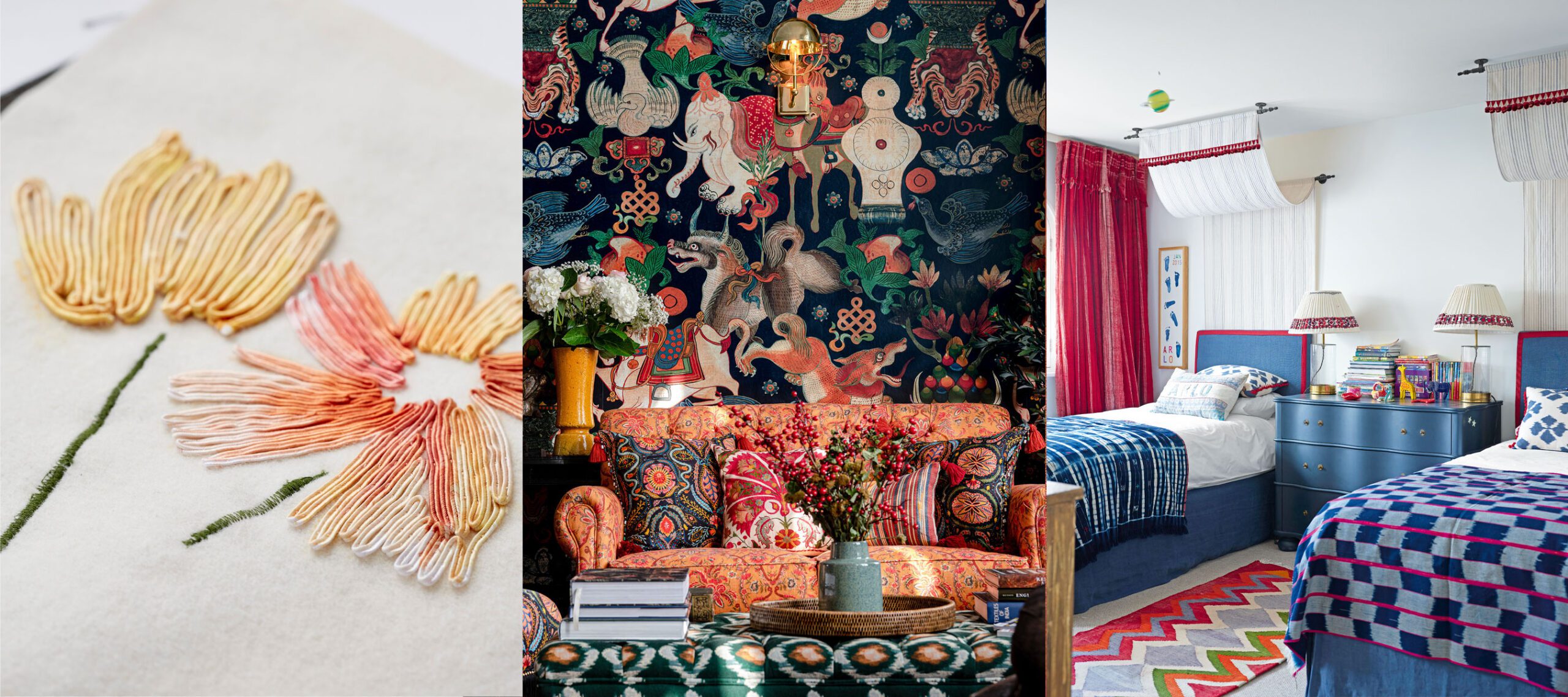
3D Printed Fabrics
3D printed fabrics are revolutionizing the fashion industry by allowing for the customization and creation of complex and unique designs. Customized clothing is made possible through 3D printing technology, which allows garments to be created based on precise measurements and personal preferences. This eliminates the need for standard sizing and ensures a perfect fit for every individual.
Structured garments are another application of 3D printed fabrics. The flexibility and versatility of 3D printing technology allow for the creation of garments with intricate and unconventional structures. These garments can have innovative patterns or even incorporate elements such as lattices or textures that would be difficult to achieve using traditional fabric construction methods.
Self-Cleaning Fabrics
Self-cleaning fabrics make everyday life easier by reducing the need for frequent laundering. Photocatalytic films are one example of self-cleaning fabric technology. These films contain particles that can break down organic substances, such as dirt and stains, when exposed to light. This means that fabrics coated with photocatalytic films can stay clean and fresh-looking for longer periods of time.
Hydrophobic coatings are another way to create self-cleaning fabrics. These coatings make fabrics water-resistant by repelling water and other liquids. Liquids form droplets on the fabric’s surface, which can easily roll off without leaving stains or marks. This makes hydrophobic fabrics ideal for outdoor wear or for clothing that may be exposed to spills or moisture.

Virtual Reality Fabrics
Virtual reality fabrics combine technology and textiles to create immersive and interactive experiences. Haptic feedback textiles are one aspect of virtual reality fabrics. These fabrics are designed to provide tactile feedback and sensations to the wearer. For example, a haptic feedback glove made from special fabric can simulate the sensation of touching objects in virtual reality environments.
Immersive environments are another application of virtual reality fabrics. These fabrics can be used to create environments or backgrounds that enhance the virtual reality experience. For example, a fabric with a realistic texture or pattern can be used as a backdrop for a virtual reality game or simulation, creating a more immersive and engaging experience for the user.
Conclusion
The future of fabrics is filled with innovation and exciting possibilities. Sustainable fabrics, such as those made from recycled materials or organic textiles, are becoming increasingly popular as people strive to reduce their impact on the environment. The advent of smart fabrics, with embedded sensors and smart clothing technology, offers new ways to monitor health and provide comfort. The development of antimicrobial fabrics and biodegradable fabrics addresses concerns about cleanliness and waste. Translucent fabrics and thermochromic fabrics bring a touch of magic to fashion, while 3D printed fabrics allow for customization and unique designs. Self-cleaning fabrics and virtual reality fabrics add convenience and interactivity to our daily lives. As we continue to push the boundaries of textile technology, the possibilities for the future of fabrics are truly limitless.


